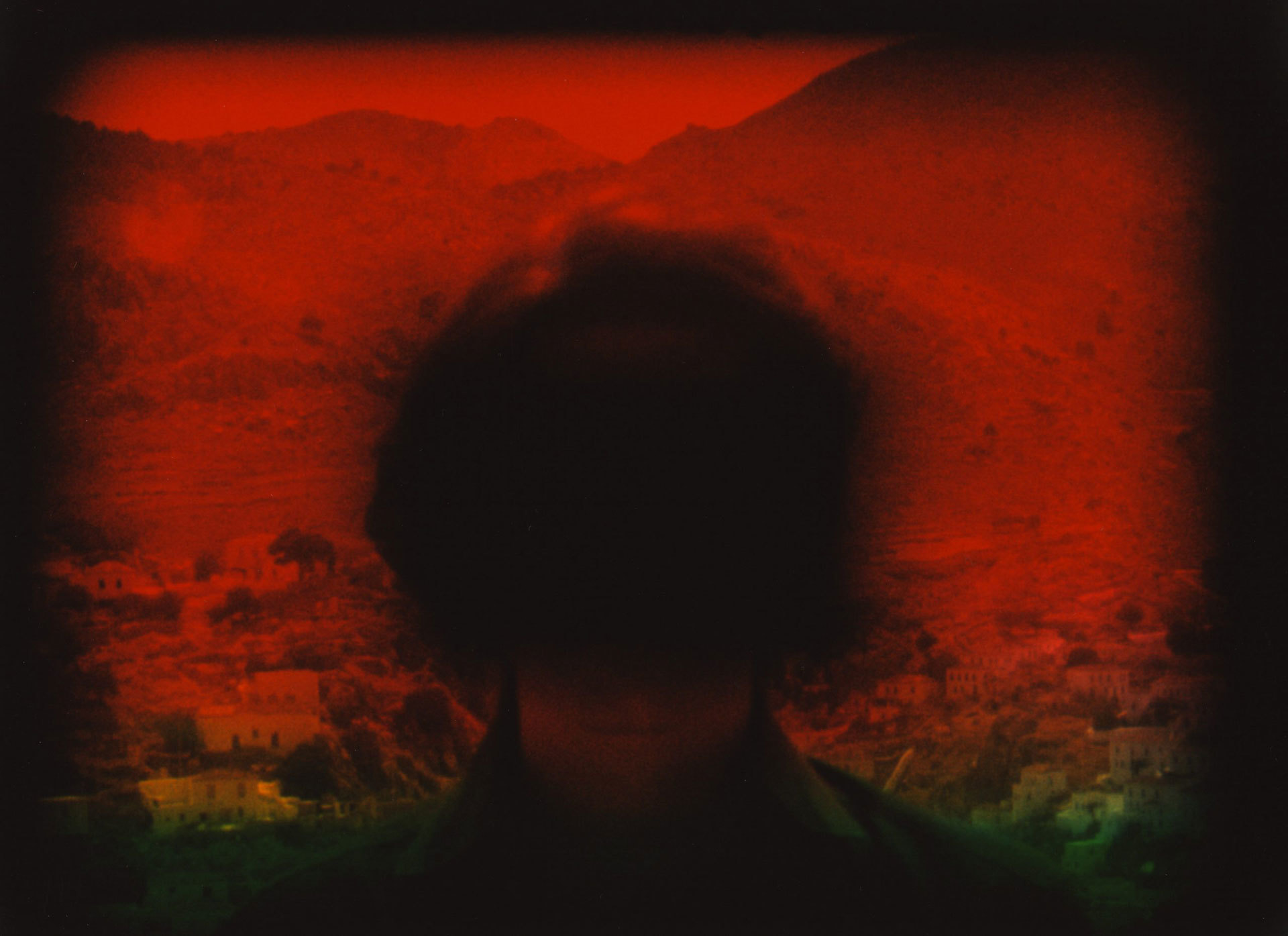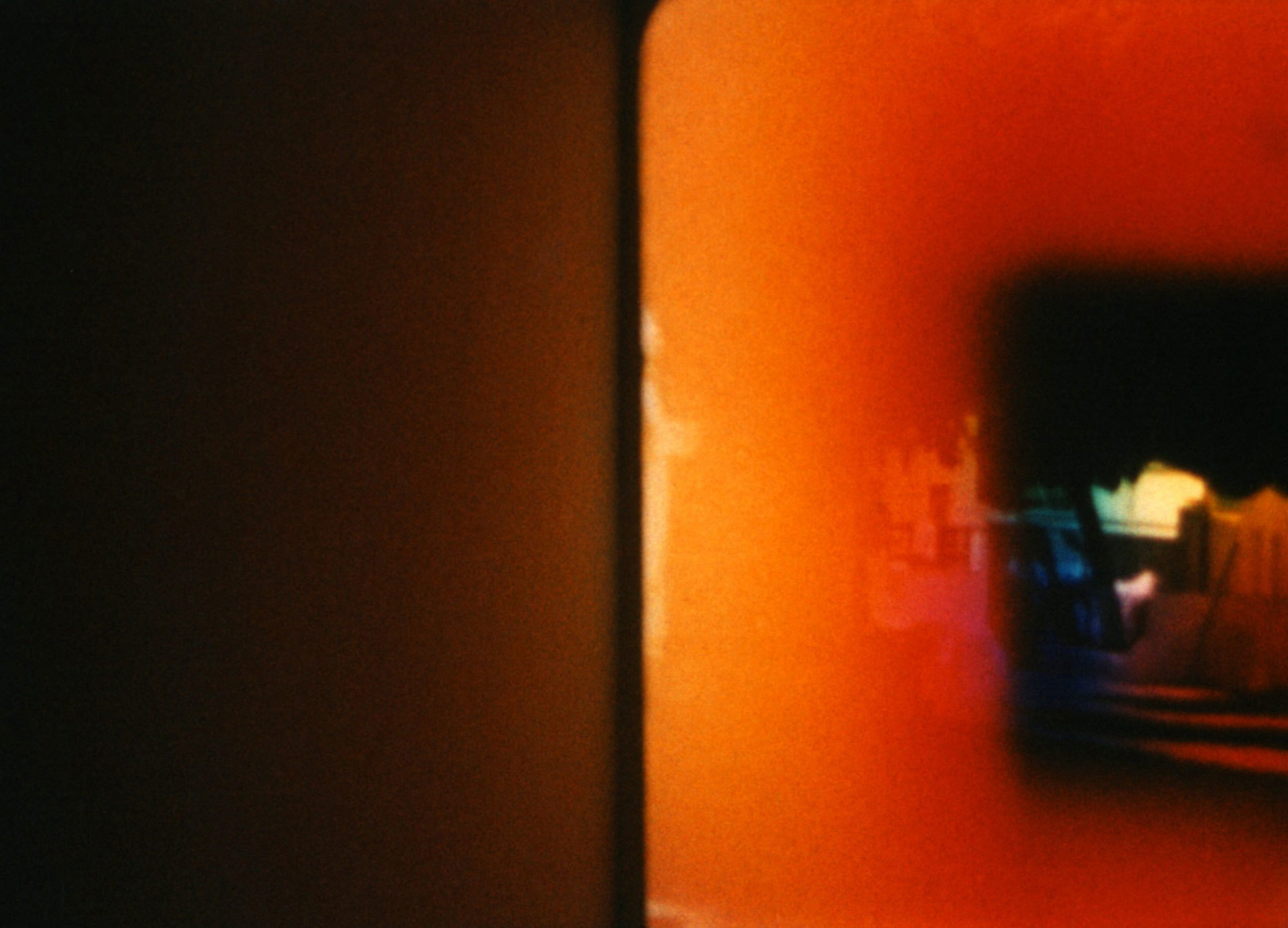Still Light
27/09/2024
- Epnr and Y.Z.
27/09/2024
- Epnr and Y.Z.
To live and work as a Filmmaker in Europe requires direct confrontation with the interconnectedness of its geography. It requires an awareness of Europe’s national and regional traditions on both an emotional and cultural level. It is a life informed by the shifts of cross-national history and artistic tradition. Robert Beavers is one of, if not the only filmmaker that understood this and the implications this has on his life as Filmmaker, particularly in his youth, especially as it is around the beginning of the 1970s when a trajectory through Europe really starts to materialise in his filmography. This realisation makes Beavers one of the few filmmakers active during both the 20th and 21st century to reconcile his American heritage with his life in Europe, and in doing so, he reaches an understanding of what it means to live and work in Europe on a fundamental level, which the majority of his American admirers fail to realise. In spite of major political shifts caused by wars up until the end of the 20th century, Europe—a land of diverse cultural influences and traditions in close proximity—remains stubbornly undisturbed. To be a European filmmaker is to interact with Europe’s architecture, its traditions, to synthesise its Passion across borders, to acknowledge the Filmmaker’s own life and culture within the ideal of this land, to acknowledge everything without and within.
The original cut of Still Light contains two locationally defined sequences. The first, a sequence of portraiture, using various colour filters over images of Ron Krueck on the Greek island of Hydra. Even with such a heavy emphasis on Krueck, focus on the island itself is never lost: in many shots it is the main focus of the image, as Krueck’s face is obscured with a black matte square positioned in the centre of the frame. This is followed by the second sequence, which takes place in art critic Nigel Gosling’s apartment in London. Images from Hydra projected onto his wall (bearing a visual resemblance to the fold of pages in a book, parallel to the recurring motif of Gosling's shelves) are then intercut with a more generalised portrait of the apartment space. Already, glimpses of an awareness of Europe can be noted, as Beavers juxtaposes the warmth of the culture and tradition of the south of Greece, its sensuality, where the inhabitant is able to engage directly with landscape and architecture; in contrast to the haughty and restricting northern tradition of England, where such a relationship is deemed impossible. This enforced restraint is most directly represented through Gosling, whose “cocktail of improvised statements”, which contain rigid definitions and dismissal of the sensation of film, are organised in a way that communicates Beavers’ disregard for them: an “ironic distance”, as P. Adams Sitney puts it (Sitney, 142). Nonetheless, Beavers utilises the equation of his memory-images to the books on Gosling’s shelf to resist: taking a hollow symbol of the bourgeois, opening it, and inserting meaning and emotion into it. This duality is part of the reason that makes Beavers’ cinema so fascinating and valuable—he deals fundamentally with the synthesis of geographical cultures and traditions in the era of a unified Europe.
Additionally, in the London sequence, the filters, which once consisted of the full colour spectrum, have shifted into monochromatic beams (the observant will recognise this filter from From the Notebook Of…). This restraint echoes the works Beavers would create after Pitcher of Coloured Light, abandoning colour filters and focusing instead on rhythmic displays of space and pre-existing colour. Another notable aspect in this sequence is the avoidance of Gosling’s face, being either obscured or purposefully left outside of the frame. This parallels the obscuring of Krueck in the first section; however, unlike the images of Hydra, the process is not one of unity between model, filmmaker and landscape, but one that disconnects the sound from the image, that disconnects their interplay. As Beavers’ explores asynchronous sound in his work and writing, we can draw the conclusion that this separation is the result of an understanding of the need to free sound of the image. This freedom now, imposed onto the rigidity of Gosling’s phrases, shifts them into a newfound freedom already existing in his images. This arises out of the inability to reconcile the language of bourgeois art criticism with a concept of film so rooted in its material properties.
For a film produced in Beavers’ early period, there is seemingly a striking lack of mirrors and reflection, especially since, just a year later, he would produce From The Notebook Of… which contains within it the central motifs of his own reflected face and a mirror being swung in front of the camera lens. However, the lack of literal reflection does not indicate the lack of metaphorical reflection. We can see the positioning of Krueck looking straight into the camera as ‘reflective’ of Beavers’ or the camera’s gaze, humanising the stillness, using Stillness as a canvas for the free flow of emotion. We can also see how the emotion of the face is reflected onto the margins of the frame, the landscape, in the shots in which Krueck’s face is obscured. This spatial localisation of emotion ties back into Beavers’ interaction with and vision of Europe—what is present in Still Light and his other early work created in Europe is precisely the imbuing of emotion into the different geographical locations and traditions around Europe, which he photographed freely in a process of mutual discovery. Recalling Sitney, reflection in Still Light is representative of the “mutual apperceptiveness of the model and filmmaker” (Sitney, 142), the peripheral localisation of emotion relating to the centrality of the model as a geographical starting point towards the rest of Europe. Ron Krueck, Hydra, so far South, as a starting point for Europe? Indeed, it is a space where finding Passion through geographical location is a possible act, where centrality and periphery exist in all their beauty.
The existing cut of Still Light, edited in 2001, comes three decades after its initial editing, this time after the death of longtime partner Gregory J. Markopoulos. The original cut of Still Light, produced in 1970, was 60 minutes long. One can see that, through writings produced at the time, it was constructed exclusively out of extended versions of the sequences on Hydra and in London. Markopoulos, in his essay The Language of Diamonds, notes Beavers working on “part two of his already miraculous Still Light” (Markopoulos, 1970); and Beavers himself, in an interview with Tony Pipolo, described Still Light as having been “filmed in two parts” (Pipolo, 1998). This structure, simpler compared to the later cut, takes a direct route from filming to exhibition, and can be defined entirely through location. In the second cut of the film, a completely new section was inserted (a similar, but not identical, version of this sequence is present in Early Monthly Segments, which was edited in 2003), separating Hydra and London, where Beavers films himself editing the rushes from the Hydra sequence in a hotel room in Disentis, Switzerland. This insertion exists solely in retrospect, as it returns to the alpine tradition which he came to capture so often in subsequent works like Work Done (1972, just after the filming of Still Light but much before the re-edit) and Ruskin (1974), albeit this time omitting any explicit depiction of the region, as only the interior of his hotel room and a film splicer are shown. It is a retrospective connection of the South to the North, of Hydra to London, passing through central Disentis. This insertion disrupts the previous locational structure of the film, and instead, shifts it into the temporal—it mimics a sort of movement from South to North, but also acknowledges the retrospective necessity of piecing together images to form the final cut; in a sense, also a temporal matter. The transposition from locationality into temporality becomes increasingly present in Beavers’ work after the death of Gregory J. Markopoulos—note the retracing of steps from Winged Dialogue (1967), one of his most rigorously re-edited films, to The Ground (2001), the first film shot after Markopoulos’ death. This transposition arises out of a distinct change in lifestyle, wherein the editing process is now one of retrospect and no longer one of self-discovery. The romance with Markopoulos, with and throughout Europe, cannot be experienced anymore, rather only looked back upon.

In a recently released interview with the magazine Screen Slate, Beavers’ refers to his use of masking as “a means of abstraction, of metaphor, of the simultaneous, and of articulating positive and negative space.” (Levin, 2024). Even if one were to take this self-described abstraction into consideration, it is only to the extent that it serves as metaphor to the material act of the articulation of space. The obscuring and reflecting of Krueck’s face could be misinterpreted as abstract by a spectator unwilling to open themselves fully to the film; however, Beavers’ work is never distant from the truth of the image that is captured, his filmmaking never steering away from the material reality of film and its manipulation, and this is apparent when one examines the construction of his work.
Still Light is only abstract as far as it eschews traditional narrative structure and the creation of emotional verisimilitude with the subject, however, in this process, Beavers’ images are, as Bazin described as the condition for filmic realism; “dialectically fused with reality and not with artifice.” (Bazin, 106, 1974) We can see this in the use of masks and filters, again, as Bazin said of Renoir, “He does not indiscriminately record reality. Rather, he singles out the telling-but not conventional-detail.” (Bazin, 63), and in reference to the camera, “this invisible witness is inevitably made to wear blinders; its ideal ubiquity is restrained by framing.” (Bazin, 87). The masking in Still Light is an extension of these ‘blinders’, the inherent mask that the camera itself poses, now materialised; so as not to abstract the subject, but rather to reveal further qualities present in what would have been incidental and peripheral aspects of the image. Continuing on from this thought one can achieve a fundamental realisation about the work: the colour filters present are not there to disrupt reality and move the subject into pure portraiture, they are instead used to layer the dialectics present both internally and relationally in Hydra and London. No longer solely a movement through Europe, but rather more of a movement of time and of light (or life, as Markopoulos’ misspoke when referencing the film) and the stillness of the subject; Light/Life (landscape, wind, sea, film projection, focus pull), and Stillness (The Subject, The Filter, The Camera, The Spectator).
Thus it follows, in the sequence located in Nigel Gosling’s apartment, that the edges of the images of Hydra are now reframed to the centre of the image. There is no longer an imposition of emotion onto space; instead, these previous images are transfigured into a representation of London’s newfound temporal isolation from Hydra - the direct passage from gaze into exhibition is eliminated, requiring the act of montage to be acknowledged within the structure of the film. The fact that the localisation of emotion is no longer possible coincides with the realisation that the process of geographical self-discovery is no longer possible. Perhaps as a consequence of the cold, Anglophonic class division of art criticism, new restraint has been unearthed, albeit resignedly, and the final shot opens out into the vast, blue, nondescript London morning.
